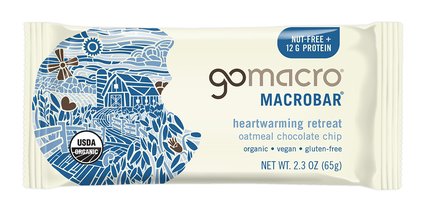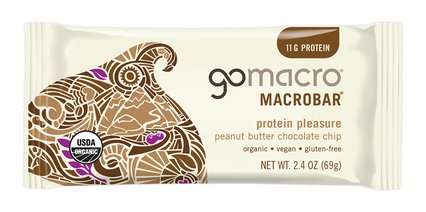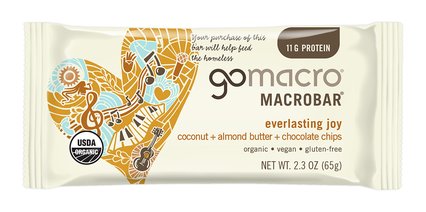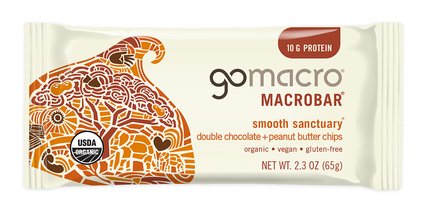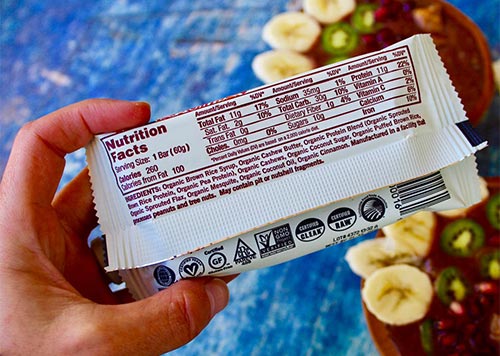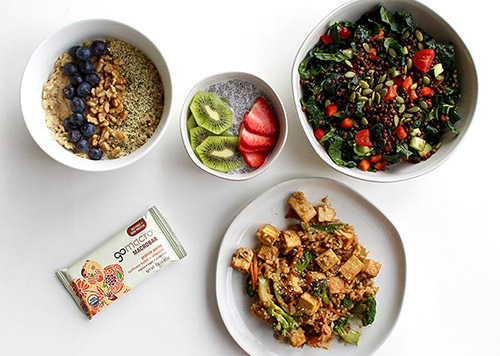How to Reduce Food Waste on a Plant-Based Diet
Food waste is a huge problem, and that's an understatement. As Americans, we throw away up to 40 percent of the food we produce, or the equivalent of $165 billion a year. That is on average 400 pounds of food per person every year! Although the progress we have made to increase efficiencies in our food system is impressive, we are moving in an unsustainable direction because there are still millions of people who don’t have enough to eat.
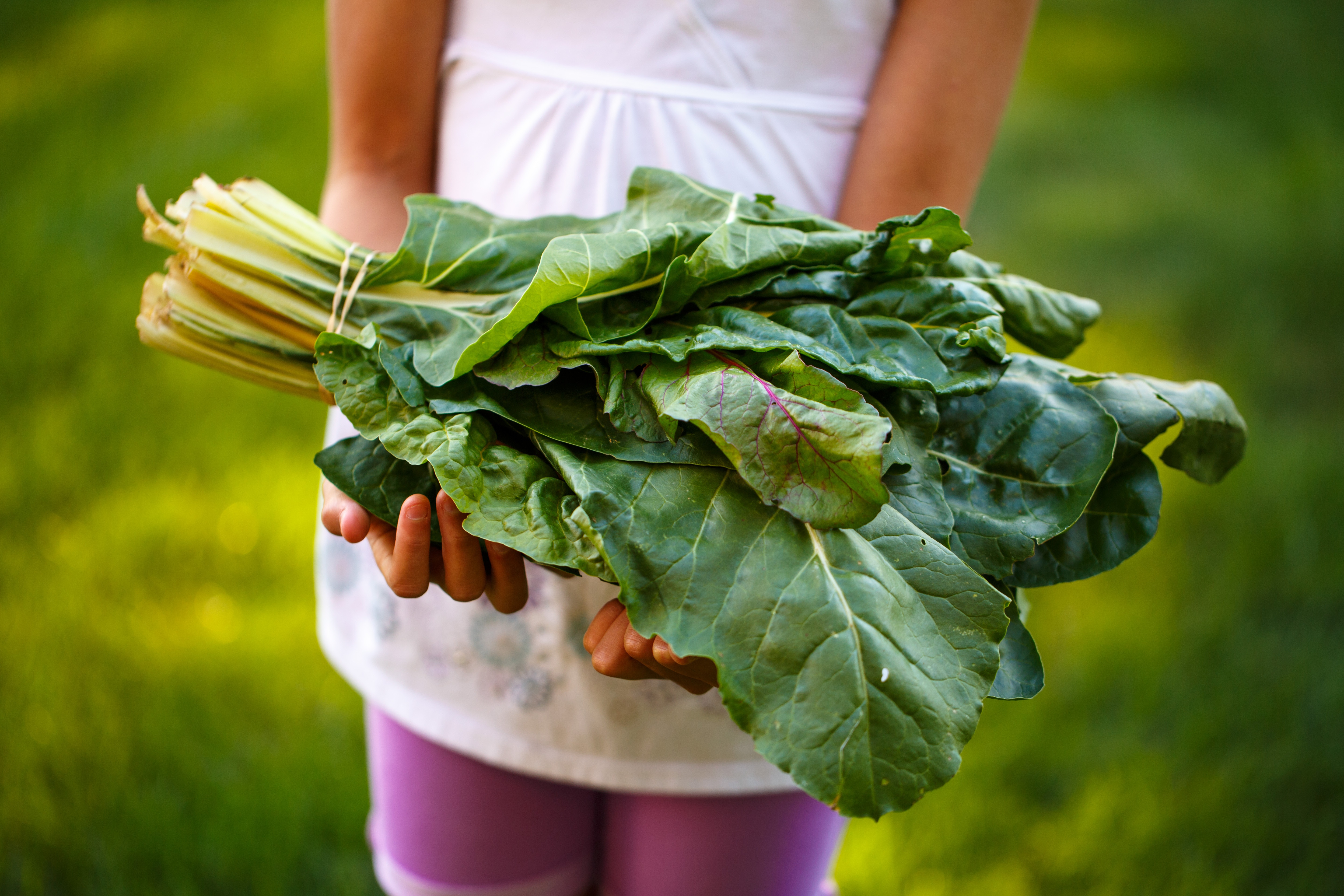
Better understanding food waste will not only reduce our own footprint, but will help create the demand that businesses and policymakers need to bring attention to the issue. Perfectly consumable food often goes to waste because many people don’t think to use the whole plant when they cook. Using the leaves, stems and roots and creating as little waste as possible is a thoughtful way of cooking, and one we hope you will be inspired to incorporate after reading this article.
Benefits of Cooking with the Whole Plant and Reducing Food Waste
Cooking From Root to Stem
The old fashioned principle of “waste not, want not” reminds us that by valuing and making use of all the resources that are available to us, nothing goes to waste. We often toss the tough roots, stems, and leaves of vegetables, which are not only edible, but offer nutrients - and sometimes better flavor. Root-to-stem eating is when vegetable trimmings that would normally end up in the bin, end up on the plate. Items once considered “scraps” - potato peels, carrot tops, and broccoli stalks - become part of the end dish.
The art of cooking from root-to-stem is a beneficial habit to incorporate for so many reasons!
Nutritional Value
Root-to-stem cooking is an excellent way of making the most of the health benefits that plants have to offer to us. As mentioned above, sometimes, the stems, skins, and the tops of fruits and leaves of the vegetable, are even more nutrient-dense than the portion traditionally eaten. Why waste a quarter to a half of your beautiful, fresh produce when you can benefit from eating the whole thing? The best way to make the most of your produce is to cook them as is, without removing all the parts that you normally would in order to gain the most nutrients as possible.
Composting
Another way to reduce waste in the kitchen is by composting. Composting is the process of turning kitchen and yard waste into usable, nutrient rich soil through natural decomposition. Instead of throwing away valuable nutrients, many gardeners choose to compost their grass clippings, leaves, trimmings, and vegetable scraps. In addition to significantly reducing the production of greenhouse gas emissions, compost replenishes and revitalizes exhausted soils by replacing trace minerals and organic material, reduces soil erosion and has the ability to lower water bills when used as a soil mulch. For more information on how to start your own compost pile, check out Earth911’s composting cheat sheet.
Preservation
Preservation is key when adopting the root-to-stem cooking method. Getting creative and looking for ways to make your produce stay fresh for as long as possible will save money and allow you to get the most out of your food. Freezing fruits and vegetables soon after they are bought or picked, serves to ‘lock in’ the flavor and freshness of the produce. Other methods such as drying, canning and salting are all great ways to preserve your fruit and veggies as well.
Preservation Tips To Try:
- Bananas - Don’t throw out those brown bananas. They make great banana bread. You can put them in the freezer until you’re ready to bake.
- Pumpkin Seeds - Every year on halloween, instead of taking the seeds and interior from your jack o'lantern and throwing them out, you can roast the pumpkin seeds in the oven (salt, pepper and olive oil, for 45 min at 300 degrees).
- Tomatoes - Don’t throw out tomatoes when they get soft - instead, save them to make homemade tomato sauce.
- Grapes - Occasionally your fresh grapes might go soft and instead of tossing them out, you can turn them into raisins (especially if you live in a sunny area). It’s super easy and also a great activity to do with kids!
- Potatoes - Bake your potatoes and squash with the skin on. Potato skin has potassium, iron, and vitamin C.
- Basil - It costs about as much to buy a single pack of basil as it does to buy an entire basil plant. Keep the plant on your window and watch it grow! This same concept applies for many other herbs.
Cooking Root to Stem - Recipes We Love We've rounded up 3 recipes that use the whole vegetable to immediately inspire you to start cooking from root-to-stem.
Beets are some of the vegetables richest in antioxidants and have many benefits. They are also great for recovery after workouts and help with muscle repair and development.
Ingredients: Beets Salt Pepper Olive Oil
Instructions: Rather than getting canned beets or preserved beets in plastic packaging, try this eco friendly root to stem recipe. Simply buy a whole beet (stem and leaves included). Slice the beet itself into circles. Season with a little salt, pepper, and olive oil and grill for 6 minutes (flip after 3 min). Then chop the beet leaves and use them in your salad. The few pieces of stem left can go in the compost bucket!
Red (purple) cabbage consists of tons of amazing nutrients and is the perfect topping or side dish for your family this spring.
Ingredients: 1/2 head red cabbage 1 cup water 1 cup apple cider vinegar 1 tbsp sugar 4 cloves garlic smashed 2 bay leaves 1 tsp sea salt
Instructions: Remove the core of the cabbage and slice it into quarters. Using a mandoline or very sharp knife, slice the cabbage into thin pieces. Divide cabbage pieces evenly into two large 16 ounce glass jars. In a small bowl, whisk together the water, vinegar, and sugar. Use the side of a large chef's knife to smash the garlic cloves. Add smashed garlic cloves, bay leaves, and sea salt to the brine.
Pour half of the brine into each jar so that they have equal amounts of liquid, garlic cloves, and bay leaves. The brine will not cover the cabbage pieces entirely, and may only come up to the middle of the jar. Seal the jars tightly and leave them at room temperature for 3.5 to 4 hours.
Strawberry Watermelon Rind Smoothie
Not only do watermelon rinds contain all the same nutrients as is found in the juicy fruit, but even higher concentrations of certain antioxidants, minerals, vitamins, and active ingredients.
Ingredients: 1 cup watermelon flesh 150 g 1 cup watermelon rind 150 g, washed 1 cup strawberries 150 g, frozen* 1 tsp lemon juice 5 mL Instructions: Blend all ingredients in a blender until completely smooth. Enjoy!
Food For Thought As more of us turn to a plant-based diet, root-to-stem cooking truly is truly a beneficial idea. It’s time we all started reducing our food waste and getting as much as we can from our produce by embracing a waste not, want not mindset.
